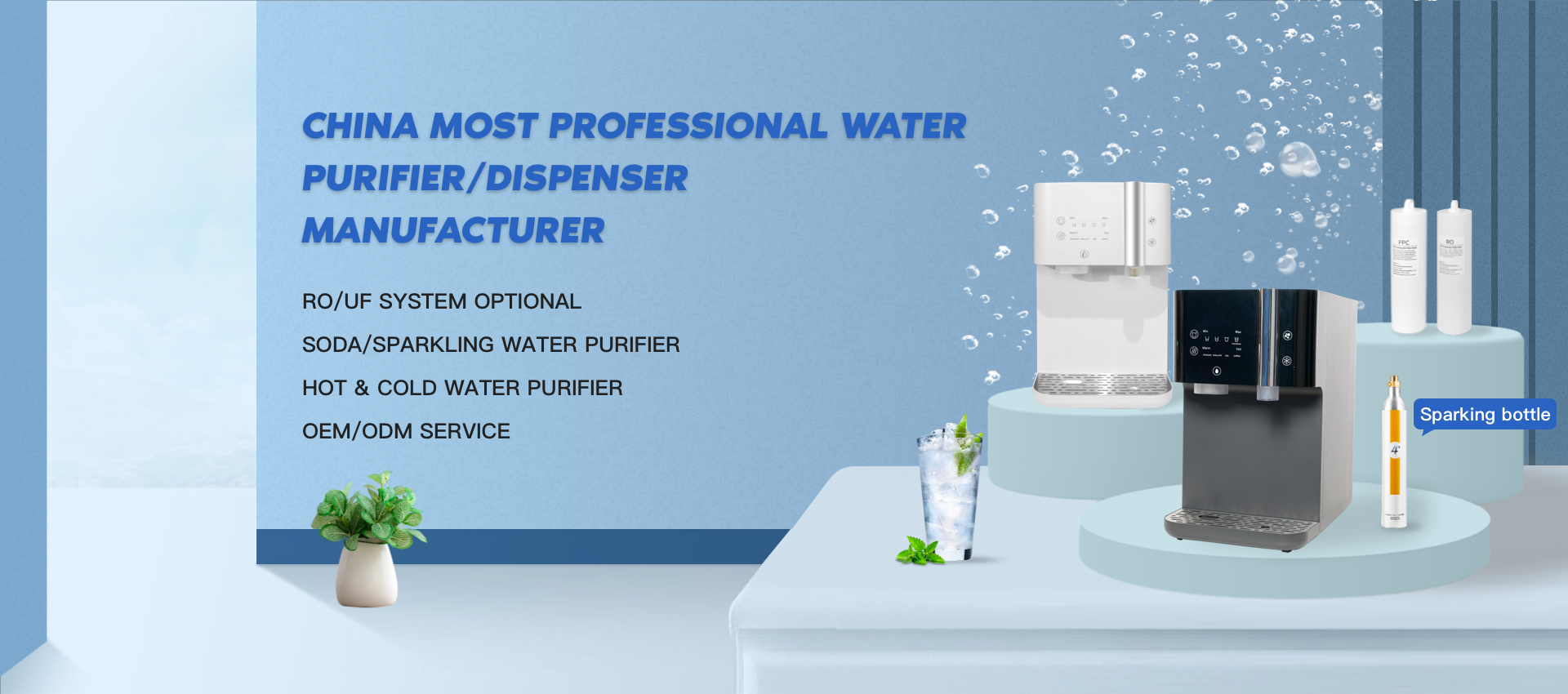In today’s world, with increasing pollution and health hazards, ensuring clean and safe drinking water has become a vital issue. In order to solve this problem, many families began to use water purifiers. Among the various types available, UF (ultrafiltration) and RO (reverse osmosis) systems are the most popular options. While both types serve the common purpose of water purification, it’s important to understand the differences between ultrafiltration and reverse osmosis systems and which one is right for your needs.
Ultrafiltration water purifiers use fine membranes with pore sizes of 0.01 to 0.1 microns. These membranes act as filters, removing impurities such as bacteria, viruses and cysts from the water. Ultrafiltration systems do not require electricity to operate, making them a convenient option in areas with unreliable power supplies. They are also easy to maintain as the membranes do not need to be replaced as often. Ultrafiltration water purifiers efficiently remove suspended solids and improve the color, taste and odor of water. However, they are not effective in removing dissolved solids such as salts, heavy metals, and chemicals.
RO water purifiers, on the other hand, use semipermeable membranes with very small pore sizes, typically 0.0001 to 0.001 microns. Water passes under pressure through the membrane, effectively removing impurities such as bacteria, viruses, dissolved salts, heavy metals and other harmful substances. RO systems require electricity to operate and often come with additional filtration stages, including activated carbon filters and sediment filters, to enhance the purification process. RO water purifiers provide high-quality water that is free of suspended and dissolved impurities. However, they may waste some water during the filtration process, as a certain amount of water is needed to flush away impurities.
When choosing an ultrafiltration and reverse osmosis system, consider the quality of your water source. If you get your water from a regularly treated municipal supply, an ultrafiltration purifier may be enough to improve the taste and remove microorganisms. Ultrafiltration systems are generally more economical and easier to maintain, making them suitable for smaller homes or areas where the water supply is already treated.
However, if your water source comes from a borehole, river, or any other untreated water source that contains high amounts of dissolved solids, chemicals, or heavy metals, then an RO water purifier is ideal. RO systems are capable of removing up to 99% of dissolved impurities, ensuring the highest purity of drinking water. It is important to note that RO membranes need to be replaced regularly to maintain the efficiency of the system and avoid deterioration of water quality.
To sum up, ultrafiltration water purifiers and reverse osmosis water purifiers are both designed to provide clean drinking water. Ultrafiltration purifiers remove suspended impurities and microorganisms, while reverse osmosis purifiers also provide comprehensive purification by eliminating dissolved solids. Understanding the quality of your water source and the impurities it contains will help you make an informed decision. Whether you choose an ultrafiltration or reverse osmosis system, investing in a reliable water purifier will ensure that your family’s health is protected by drinking safe, pure drinking water.
Post time: Oct-31-2023





